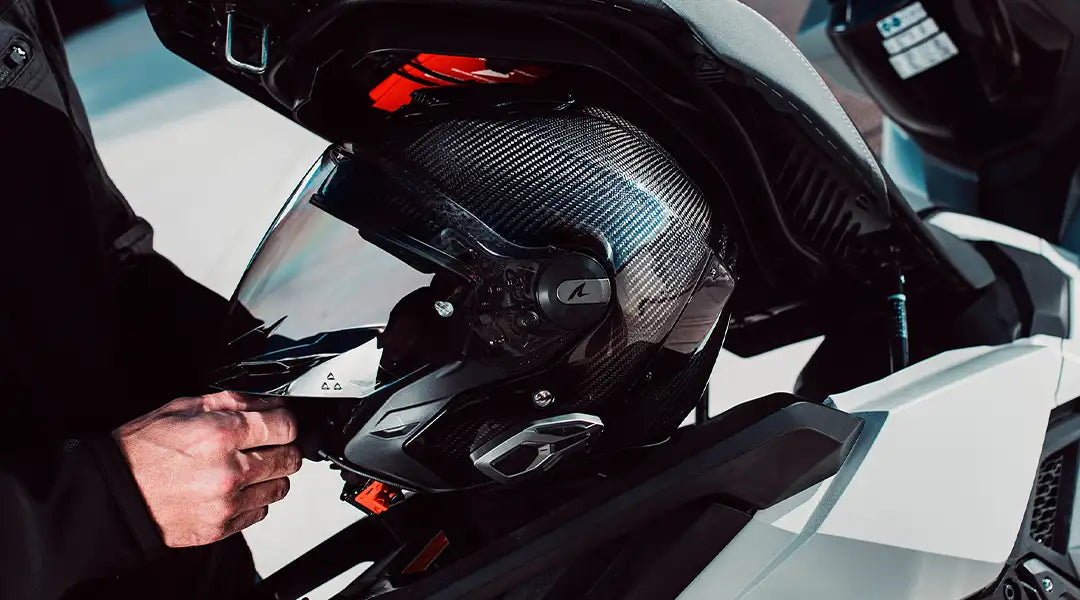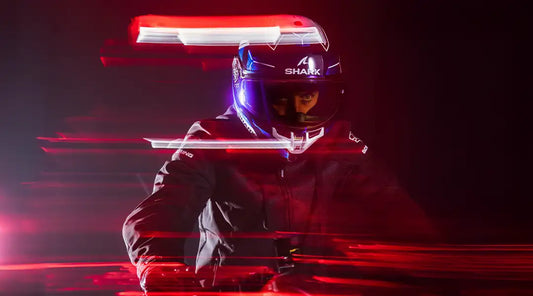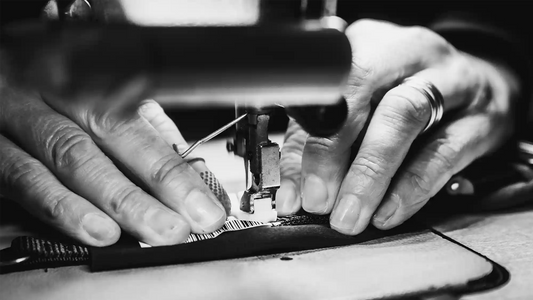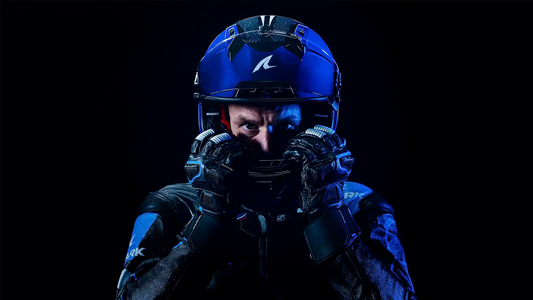
When should you change your motorcycle helmet?
A helmet is not for life. It's to save yours.
At SHARK, we design each helmet as a fusion of technology, style, and ultimate protection. But even the best carbon shell has a lifespan. And the real question every rider should ask is simple: when should I change my motorcycle helmet?
The answer is not always visible to the naked eye. Yet, it can change everything.
1. Natural wear: time is a discreet adversary
Even without falls, even without impacts, materials age. The outer shell may remain intact, but the inner foam compresses. Comfort foams lose density, absorbing materials become fatigued.
At SHARK, we recommend replacing your helmet every 5 years, even if it has never suffered an impact. Why? Because the internal foams, fastenings, screen seals, and even the ventilation system undergo daily stresses: sweat, UV, rain, temperature variations, dust...
Over time, a helmet that seems in good condition may no longer offer the level of safety for which it was approved. And in our world, safety is never negotiable.
2. After an impact: a helmet is like an airbag
A helmet is like an airbag: it works only once. After a severe impact, it must be replaced, even if the outer shell seems intact. The shock absorption occurs deep inside, through EPS (expanded polystyrene). This material deforms under impact to protect your head. Once compressed, it does not regain its original shape and no longer provides optimal protection.
Did you drop your helmet from a meter? Did you fall without apparent consequence? When in doubt, take no risk, replace it.
3. The signs that don't lie
Some symptoms should never be ignored:
- The interior is deformed or too loose
- The chin strap or buckle shows signs of weakness
- The visor is scratched to the point of obstructing visibility
- The ventilation system is broken or ineffective
- Cracks or chips are visible on the shell
These indicators, taken individually, might seem minor. Together, they draw a clear line: it's time to change.
4. Staying up to date with the latest safety standards
The ECE 22.06 standard has brought a leap forward in safety. It requires more thorough tests, particularly on oblique impacts, visor resistance, and the overall ergonomics of the helmet.
Changing helmet is not just about replacing worn-out equipment: it's also about benefiting from the latest advancements in protection and comfort.
5. Preserve your passion, change your helmet
Changing helmet is not a constraint. It's a gesture of responsible rider. It affirms that your safety comes first. That every ride deserves the best protection.
So ask yourself: is your helmet still up to your driving standards? If the answer is no, it might be time to discover the latest SHARK innovations.


